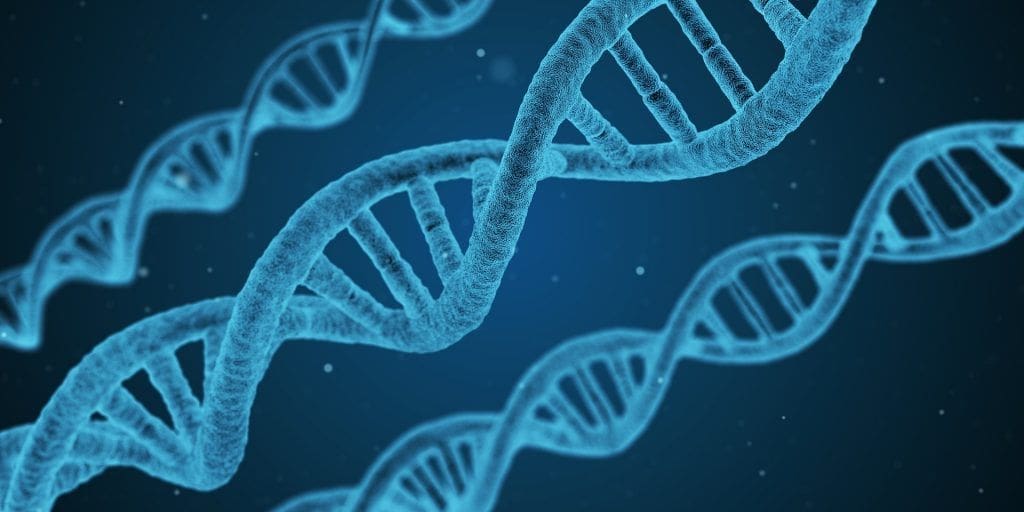CRISPR – the future of Genetics?
Humans have been manipulating nature and been playing “God” for quite sometime. Carrots were originally purple but we’ve bred them to look orange. Canines have been bred in all shapes and sizes to suit practical purposes like hunting, but also because we think it’s cute to have pooches with squishy faces – regardless of breathing problems. If selective breeding is the equivalent of dipping our toes into the gene pool, then CRISPR is full blown scuba diving.
CRISPR, which stands for Clustered Regularly Interspaced Short Palindromic Repeats, has been a hot topic in biotech this decade, providing significant promise in genetic engineering. CRISPR stems from the protective habits of bacteria against viruses.
When bacteria encounters invading viruses, it saves stretches of the invading viral code in a system called CRISPR. Then, using a protein called Cas9, the bacteria takes the code copy, specifically targets the same stretch in the DNA of the invading virus, and cuts out it out – just like genetic scissors. Scientists use CRISPR in the same manner and find it to be vastly more precise than genetic editing methods of the past – highly programmable, and capable of specific targeting.

What does this mean for humankind? When you can specifically target stretches of genetic code, you can directly edit and correct genetic defects. Using CRISPR, scientists successfully eliminated HIV cells from mice in May 2017, removing all traces of infection within mouse organs and tissue.
CRISPR clinical trials in humans are slated for 2018. Targets are set on curing patients with beta thalassemia and sickle-cell disease – inherited blood disorders caused by genetic mutations. “It is important that they do this very carefully”, as Stuart Orkin, a haemotologist-oncologist at Boston Hospital told Chemical & Engineering News. “If there is a mistake or bad effect [from CRISPR], it will have repercussions beyond a single patient”. The treatment called CTX001, works by cutting out a gene that suppresses fetal haemoglobin production. Cutting out this defective gene could allow red blood cells in patients to carry oxygen efficiently once more.
While CRISPR holds an extreme amount of potential, it is still in its infancy phase, and of course, there are ethical concerns of where CRISPR could take us as a species – think biopunk flick, Gattaca. Should we be able to design and select our eye-colour, our height, our rate of metabolism? Those are important questions that lie in the future, but immediate issues like eradicating cancer and genetic defects are of far greater precedence, and we’re inching closer to actualising what’s eluded us for so long.

